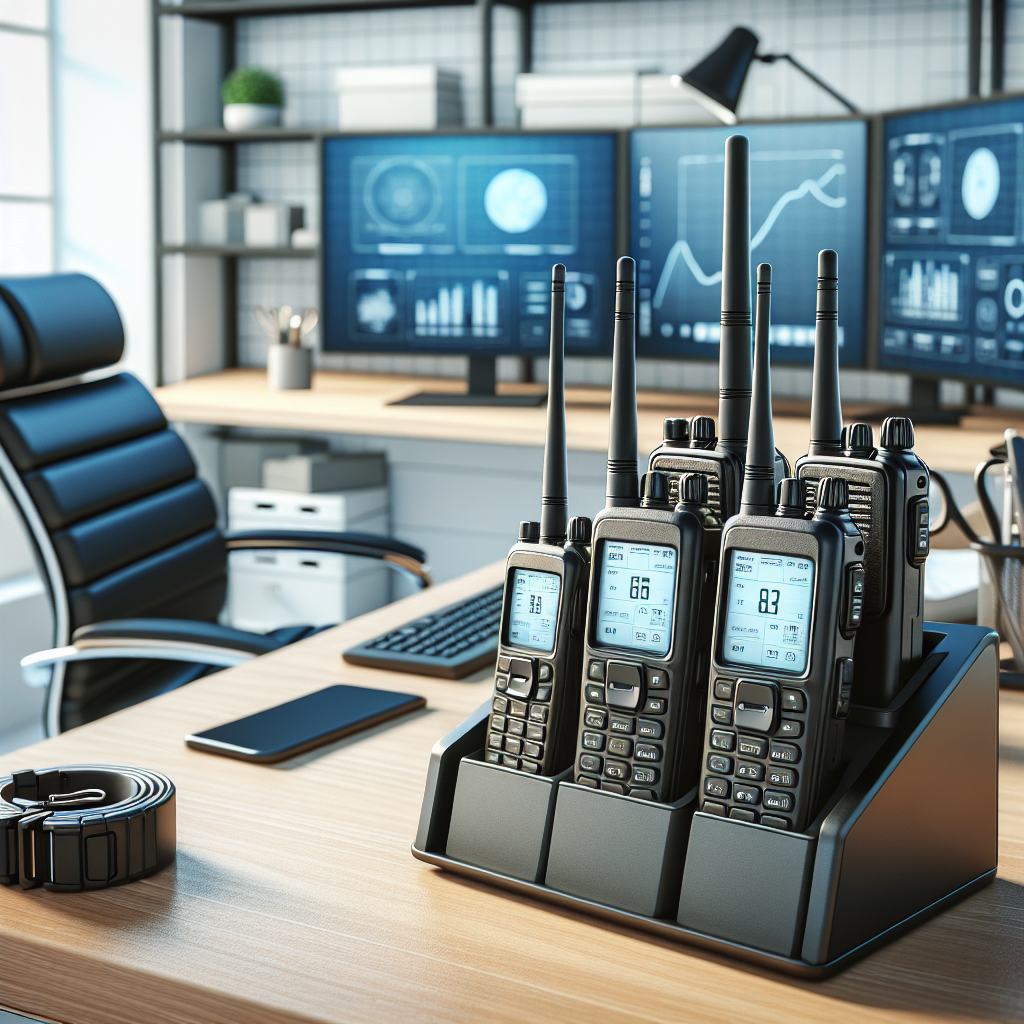In today's tech-driven world, lithium-ion (Li-Ion) batteries power everything from our smartphones and laptops to electric vehicles and power tools. Understanding how to maintain these batteries effectively can not only enhance their performance but also extend their lifespan. Here are some essential best practices for maintaining Li-Ion batteries.
1. Avoid Extreme Temperatures
Li-Ion batteries are sensitive to temperature extremes. Exposure to high temperatures can accelerate degradation, while extremely low temperatures can temporarily reduce capacity. Aim to keep your devices and batteries in a moderate temperature range, ideally between 20°C and 25°C (68°F to 77°F). Avoid leaving them in hot cars or in direct sunlight for extended periods.
2. Charge Wisely
Charging habits can significantly impact the lifespan of your Li-Ion batteries. Here are some tips:
Avoid Full Discharges: Li-Ion batteries do not have a "memory effect," so it's unnecessary to fully discharge them before charging. Instead, try to keep your battery level between 20% and 80%. Frequent full discharges can strain the battery and reduce its lifespan.
Use the Right Charger: Always use the charger designed for your device, as mismatched chargers can deliver incorrect voltage or current, potentially damaging the battery.
Remove from Charger Promptly: Once fully charged, unplug your device. Continuous charging, especially overnight, can generate heat and stress the battery.
3. Store Properly
If you need to store Li-Ion batteries for an extended period, it's essential to do so correctly:
Charge to 50%: Before storing, charge the battery to around 50%. This level helps prevent the battery from falling into a deep discharge state, which can render it unusable.
Cool and Dry Environment: Store batteries in a cool, dry place. Avoid humid areas, as moisture can damage the battery's internal components.
4. Monitor Software Updates
Device manufacturers often release software updates that include battery management enhancements. Keeping your device's software up-to-date can optimize battery performance and efficiency, helping to extend its lifespan.
5. Calibrate Occasionally
For devices with a built-in battery gauge, occasional calibration can help maintain accurate battery level readings. To calibrate, let the battery discharge completely and then recharge it to 100%. This process doesn't impact the battery's health but helps ensure the battery meter reflects the actual capacity.
6. Avoid Physical Damage
Handle your devices with care to avoid dropping or impacting the battery. Physical damage can lead to internal shorts and potential safety hazards, including fires.
7. Be Mindful of Battery Health
Modern devices often come with battery health monitoring features. Regularly check your battery's health through these tools to stay informed about its condition and address any issues promptly.
Conclusion
By following these best practices, you can maximize the lifespan and efficiency of your Li-Ion batteries. Being mindful of charging habits, temperature exposure, and proper storage will not only improve battery longevity but also enhance the overall performance of your devices. Taking these small steps can lead to longer-lasting batteries and a better experience with your tech gadgets.
Nav Dhaliwal - Radio Technician

